Lumber Pain & Impotency
9 months ago By Yogi AnoopLower Back Pain Can Lead to Impotency!
Scientific Perspective
The lumbar spine (lower back) provides mobility and stability to the human body. It can be compared to the trunk of a bamboo tree. Just as the strength of the trunk determines the support for the upper part of the tree, the human spine enables bending, twisting, and lifting while transferring the body’s weight to the legs. The lower section of the spine, particularly the last two vertebrae (L4 and L5), endures the highest load and pressure. Consequently, this region is highly susceptible to conditions such as disc herniation, arthritis, and spondylosis.
Impact on the Nervous System:
The lumbar spine houses the lumbosacral plexus, a network of nerves controlling the lower limbs, pelvis (including the urinary tract, rectum, uterus, fallopian tubes, and ovaries), and many parts of the abdomen. Structural imbalance or degeneration in this region can lead to nerve compression, often causing:
• Constipation and urinary problems.
• Reduced sexual desire or activity.
• Chronic lower back pain.
• Weakness or numbness in the legs.
• Impaired pelvic organ function.
Compression of the nerves or disrupted blood flow in the pelvic region can adversely affect reproductive and sexual organs, potentially resulting in impotency.
Spiritual Perspective
The spine is not merely a physical support structure; it plays a central role in transmitting signals between the mind and body through the nervous system. Additionally, it serves as the primary channel for energy flow in the body. According to yoga, the spine contains the Sushumna Nadi, an energy channel extending from the base of the spine (Muladhara Chakra) to the crown of the head (Sahasrara Chakra). Along this channel lie six main energy centers or chakras, which influence physical, emotional, and spiritual well-being.
Among these, the Manipura Chakra, located behind the navel in the lumbar region, is especially significant. It governs not only physical health but also the enhancement of mental energy. Its roles include:
1. Regulating the digestive system, aiding in the absorption of food and energy (prana).
2. Balancing energy flow to support the liver while enhancing willpower and determination.
3. Controlling sexual health and ensuring the proper functioning of reproductive organs.
Neglecting this area disrupts the Manipura Chakra and the energy flow around it. This impacts not only digestion and energy absorption but also obstructs the flow of prana to the Svadhisthana Chakra (located in the pelvic region), which is directly linked to reproductive health. Over time, this can lead to decreased energy levels, diminished sexual capacity, and even impotency.
Integration of Science and Spirituality
1. Blood Flow and Energy Flow Connection:
From a scientific perspective, poor posture, prolonged stress, or a sedentary lifestyle can reduce blood flow to the lumbar region, depriving pelvic organs (urinary tract, rectum, uterus, fallopian tubes, ovaries) of sufficient oxygen. This weakens the muscles in those areas.
Spiritually, stagnation of prana in the Manipura or lower chakras leads to an energy deficit in the sexual organs.
2. Hormonal Balance:
The lumbar region supports the endocrine system, particularly the glands responsible for sexual hormones (ovaries and testes). Disruptions in this region negatively affect these glands. Spiritually, this imbalance corresponds to disturbances in the Manipura and Svadhisthana Chakras, leading to reduced sexual vitality.
3. Pain and Emotional Stress:
Chronic lower back pain is often linked to psychosomatic disorders, where emotional stress exacerbates physical pain. According to yoga, such stress blocks the flow of prana in the Manipura Chakra, affecting mental clarity, emotional stability, and physical functionality.
Yogic Remedies
1.Strengthening the Lumbar Region:
Regular practice of yoga poses such as Bhujangasana (Cobra Pose) and Shalabhasana (Locust Pose) strengthens the lumbar spine, improves blood flow, and enhances sensory and motor neurons. These practices also stimulate the release of dopamine and serotonin, contributing to better physical and mental health. Yoga postures, combined with pranayama and concentration on the chakras, can achieve the highest levels of health by activating the Manipura Chakra.
2. Activating the Manipura Chakra:
Along with physical postures, pranayama practices and meditation focusing on the Manipura Chakra can significantly enhance energy flow, balance digestion, and improve reproductive health.
Recent Blog
Copyright - by Yogi Anoop Academy
